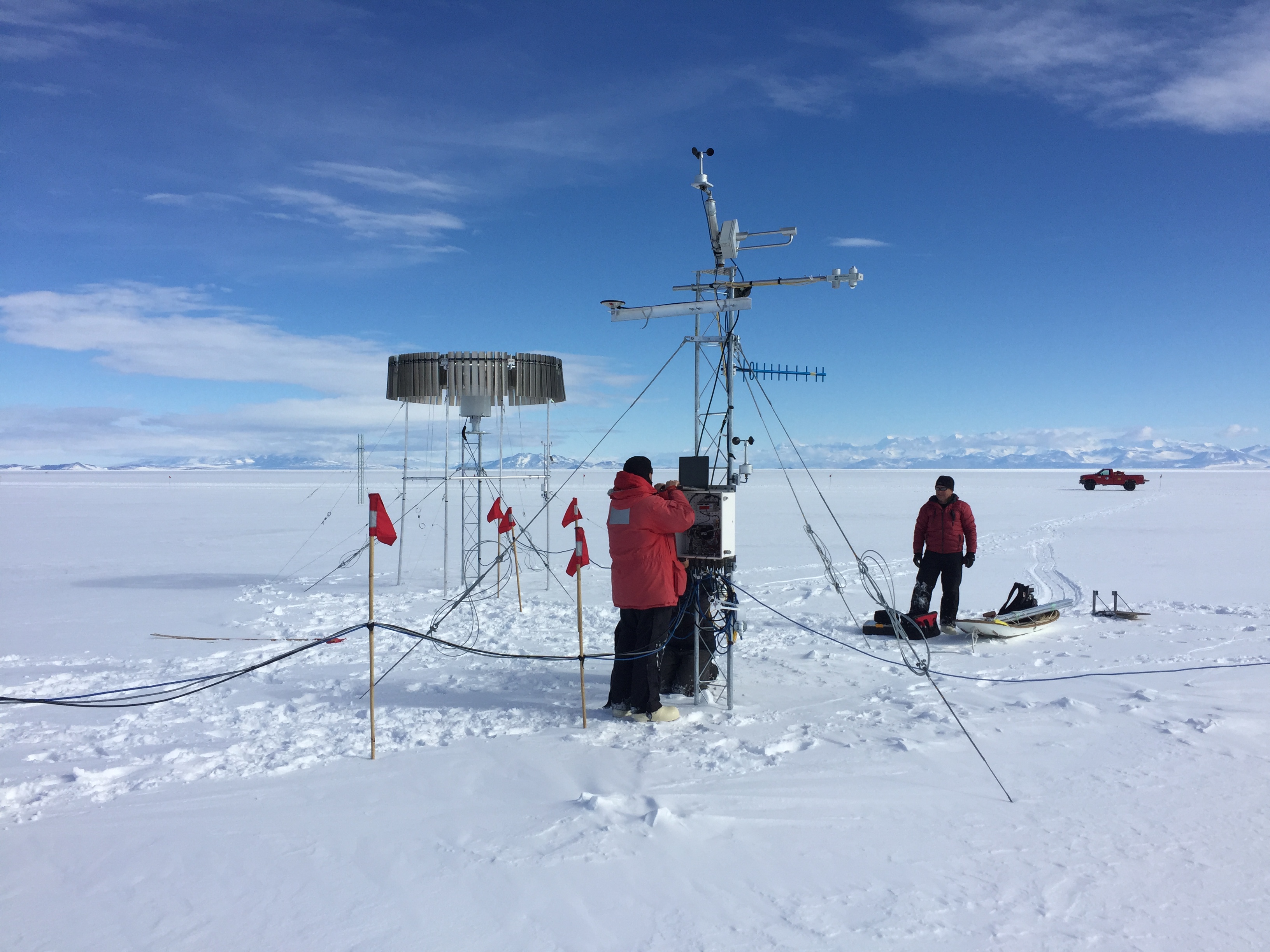
I have been posting code to help cryosphere investigators use GPS/GNSS interferometric reflectometry (GPS-IR or GNSS-IR)
Picking and running a GPS/GNSS reflections site
Papers of specific interest for the Cryosphere Community:
- Greenland: Larson, K.M., J.M. Wahr, and P. Kuipers Munneke., Constraints on snow accumulation and firn density in Greenland using GPS receivers, J. Glaciology, 2015.
- Antarctica: Shean D. et al., GPS derived estimates of surface mass balance and ocean-induced basal melt for Pine Island Glacier ice shelf, The Cryosphere, 2017.
- Antarctica: Siegfried M. et al.,Snow Accumulation Variability on a West Antarctic ice stream observed with GPS reflectometry, 2007-2017, Geophysical Research Letters, 2017.
- Permafrost in Alaska: Liu, L. and K.M. Larson, Decadal changes of surface elevation over permafrost area estimated using reflected GPS signals, The Cryosphere, Vol 12, 477–489, 2018
- General principles and some examples, Larson, K.M. and F. G. Nievinski, GPS Snow sensing:results from the EarthScope Plate Boundary Observatory, GPS Solutions, 2013.
Software/Description:
-
- Simulator code-gitHub
- Analysis Tools code – gitHub
- Roesler, C.J. and K. M. Larson, Software Tools for GNSS Interferometric Reflectometry, GPS Solutions, Vol 22:80, doi:10.1007/s10291-018-0744-8, 2018.
- Nievinski, F.G. and K.M. Larson, An Open Source GPS Multipath Simulator in Matlab/Octave, GPS Solutions, Vol 18(3), 473-481, doi:10.1007/s10291-014-0370-z, 2014.
Files for Summit Camp
- Reflector Heights (these are surface changes, which is RH with sign reversed)
- Geodetic vertical coords (from Nevada Reno)
- smm3.sitedescription
